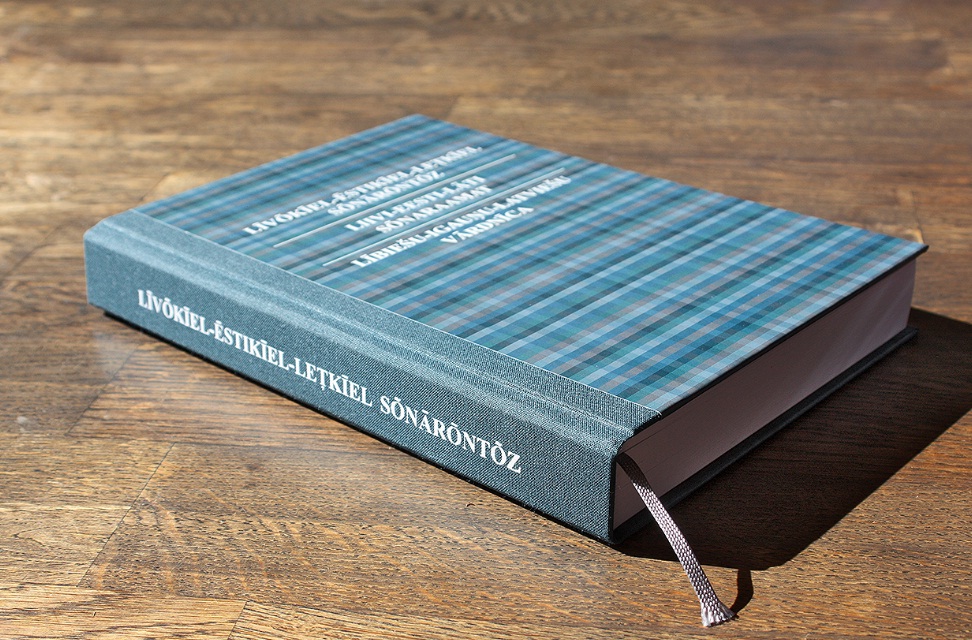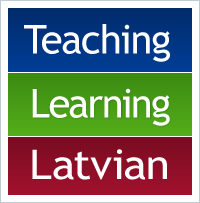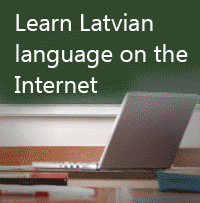THE NEW LIVONIAN – ESTONIAN – LATVIAN DICTIONARY HAS BEEN PUBLISHED
University of Tartu in Estonia and Latvian Language Agency in Latvia has published the biggest Livonian language dictionary yet – “Livonian – Estonian – Latvian dictionary”. The dictionary was compiled by Tiit-Rein Viitso, the emeritus professor at the University of Tartu, and the researcher at the University of Tartu Dr.phil. Valts Ernštreits.
“The “Livonian – Estonian – Latvian dictionary” has already become a fundamental and unique culturally historical event for all three nations inhabiting the shores of the Baltic Sea – Livs, Latvians and Estonians. It is astonishing that until now there has not been a complex dictionary of Livonian literary language. Now it is finally done,” says Andris Bērziņš, president of the Republic of Latvia. For the first time Estonian and Latvian languages are used for translation, and the grammar explanations are provided for every word, allowing using it not only for academic purposes but also for acquiring the language. It is also supplemented with the pronunciation and declension descriptions, and it includes large number of examples.
The dictionary was created in close cooperation between Latvia and Estonia – the language materials had been collected already from 1976, and, starting with 2003, thanks to the financial support of Ministry of Education and Science, both Latvian and Estonian scholars and researchers compiled the materials and came up with the manuscript. Even though the cooperation partners represent both countries, Latvia is the country where this dictionary was prepared and published – it is unique because the previous two dictionaries were published elsewhere – in Russia (1861) and in Finland (1938). Moreover, this is the first dictionary reflecting the Livonian literary language, while the previous two were based on Livonian dialects.
The president of Estonia, Toomas Hendrik Ilves, noted in the introduction: “The long-awaited Livonian – Estonian – Latvian dictionary” is tearing down the barriers that have been existing among Livonian, Estonian and Latvian languages. This dictionary serves as a brand new Livonian national cultural house, built in 21st century, which confirms that Livs are actively maintaining and preserving their roots and they are bringing back what seemed to be disappearing.”
The presentation of the dictionary will be held in Seaside Open-Air Museum in Ventspils on September 15 at 15.30, as a part of numerous activities during the Livonian cultural days, whereas on September 14, in Estonian embassy in Riga, the very first copies of the dictionary will be passed to those involved in the development of the dictionary. One of its co-authors, Valts Ernštreits, describes it as “not only the event of the century but also the unique and historical turning point for Livonian language”.
SUMMARY OF THE STUDY “THE INFLUENCE OF MIGRATION ON THE LANGUAGE ENVIRONMENT IN LATVIA”
It is now available to electronically access the extended and improved edition of research “The Influence of Migration on The Language Environment in Latvia”.
The present study has been conducted to help to evaluate positive and negative factors of the integration process, the development and implementation of new, adequate socio-political and economic solutions (taking into account the latest trends in migration processes and the decrease of the number of the population in Latvia), and in order not to allow for the continuation of the The work prepared by the authors is a scientific study that looks at the question of immigration mainly from the linguistic and integration perspective.



